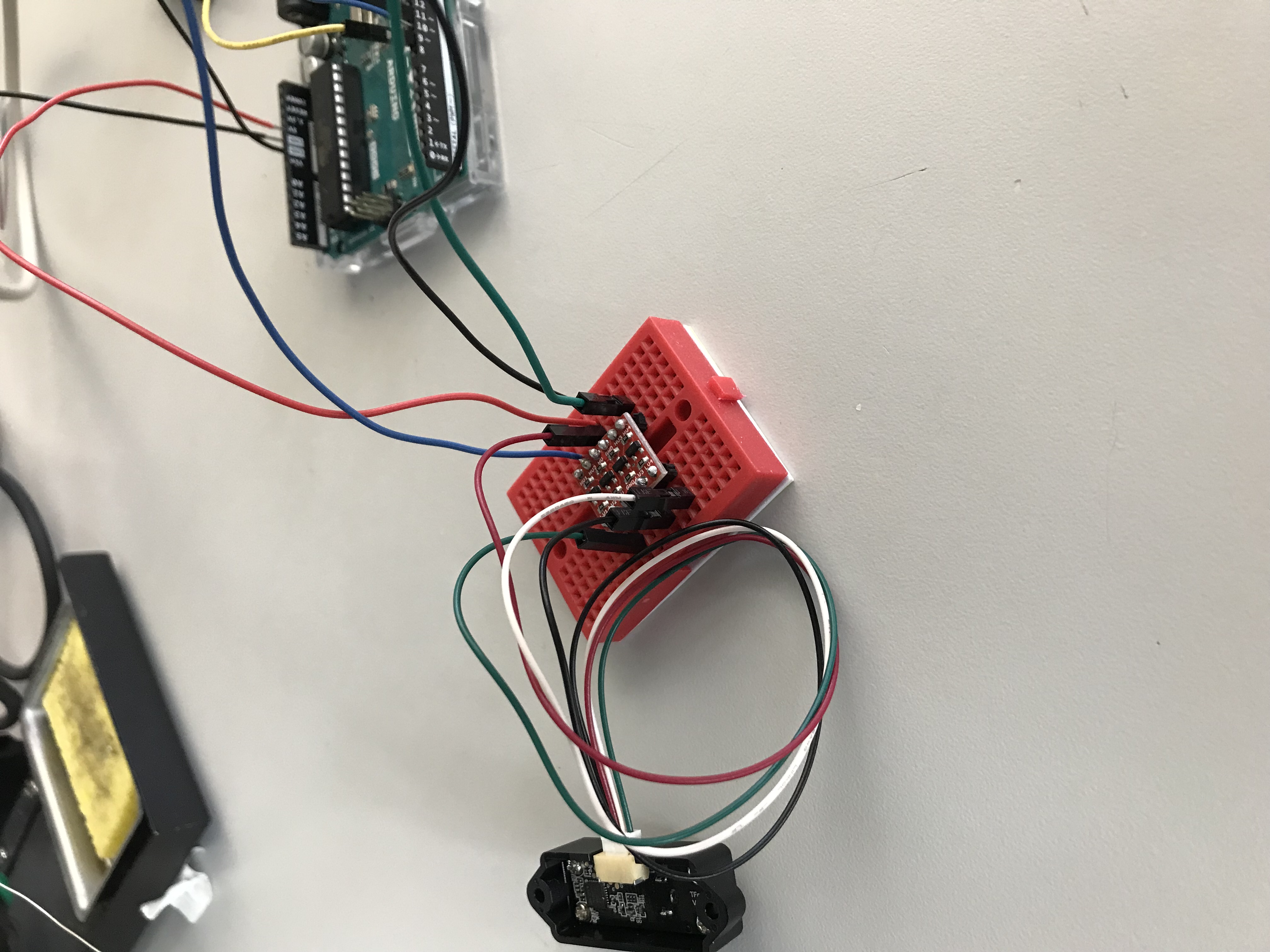We continued to perform user studies this week. In particular, we tested out the speed of the motor with the projector at a larger distance from the wall (~4.5 meters). Beforehand, we were only testing with the projector at about 1.5 meters from the wall. We discovered that the current speed we had for 1.5 meters was very satisfactory for the 4.5 meters. However, through our testing, we realized it was a more pleasant experience if the motor moved slightly slower for smaller distances. Now, the motor speed is dependent on the distance it is going to travel. For larger distances, the speed is faster. Similarly, for smaller distances, the speed is smaller. We are still editing this, but the motion has become pretty smooth, and we are all very happy about it!
Over the next week, we have a poster, video, final paper, and a demo to prepare for and finish. There is a lot we need to get done still, but we feel on schedule and are proud and excited to share our project with everyone. The hardest part of this next week might be preparing for our project demonstration. We need to make sure to make it interesting and show all the hard work we have put into this project. We are also still in the process of integrating the day/night vision camera, making the project look more aesthetically pleasing, and fine tuning the overall system.

